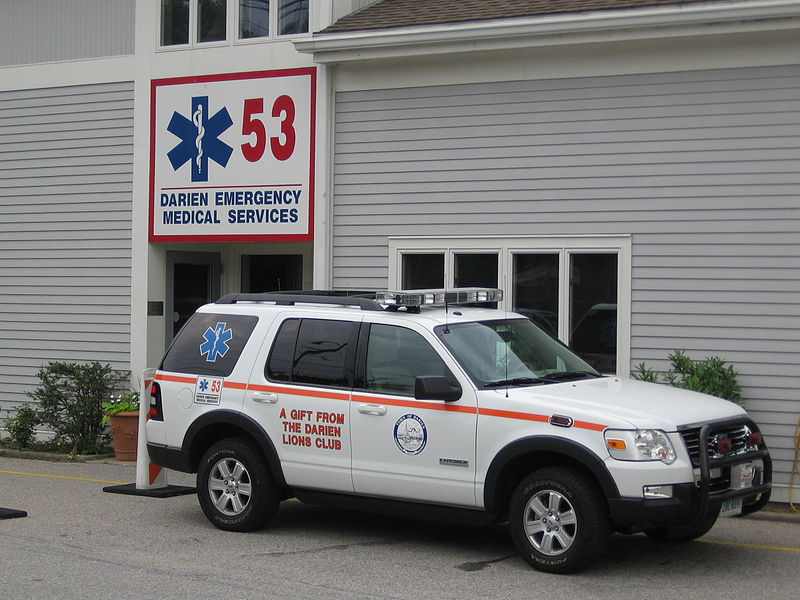Dispatching EMS Vehicles

The primary goal of the EMS is to use scarce resources—physical and human—to save lives. During a pandemic, the stakes are especially high because of the high degree of uncertainty relative to the spread of the disease and numerous requests for EMS service. Thus, managing EMS resources effectively and efficiently is crucial to operations in a pandemic. In “An Optimization Approach for Dispatching and Relocating EMS Vehicles”, Dr. Bai and co-authors (former Ph.D. student Farshad Majzoubi and Dr. Sunderesh Heragu) explore the solution to this problem using mathematical programs.
The mathematical models (integer linear and nonlinear programs) employed in the vehicle dispatch solution minimize the sum of the total travel costs, the penalty cost for not meeting the required response time window for patients, and the penalty cost for not covering census tracts. In order to best utilize vehicle capacity, the authors classify patients into high and low priority groups. Consequently, a vehicle is allowed to carry more than one patient when appropriate. Particularly, a vehicle transporting a low priority patient can be rerouted to pick up another patient. This technique leads to significant reduction in patients’ waiting times, according to extensive numerical studies in the paper. Finally, the EMS vehicle dispatch solution is implemented in a larger real-time decision support system for public health planning during a pandemic as well as normal operations.
